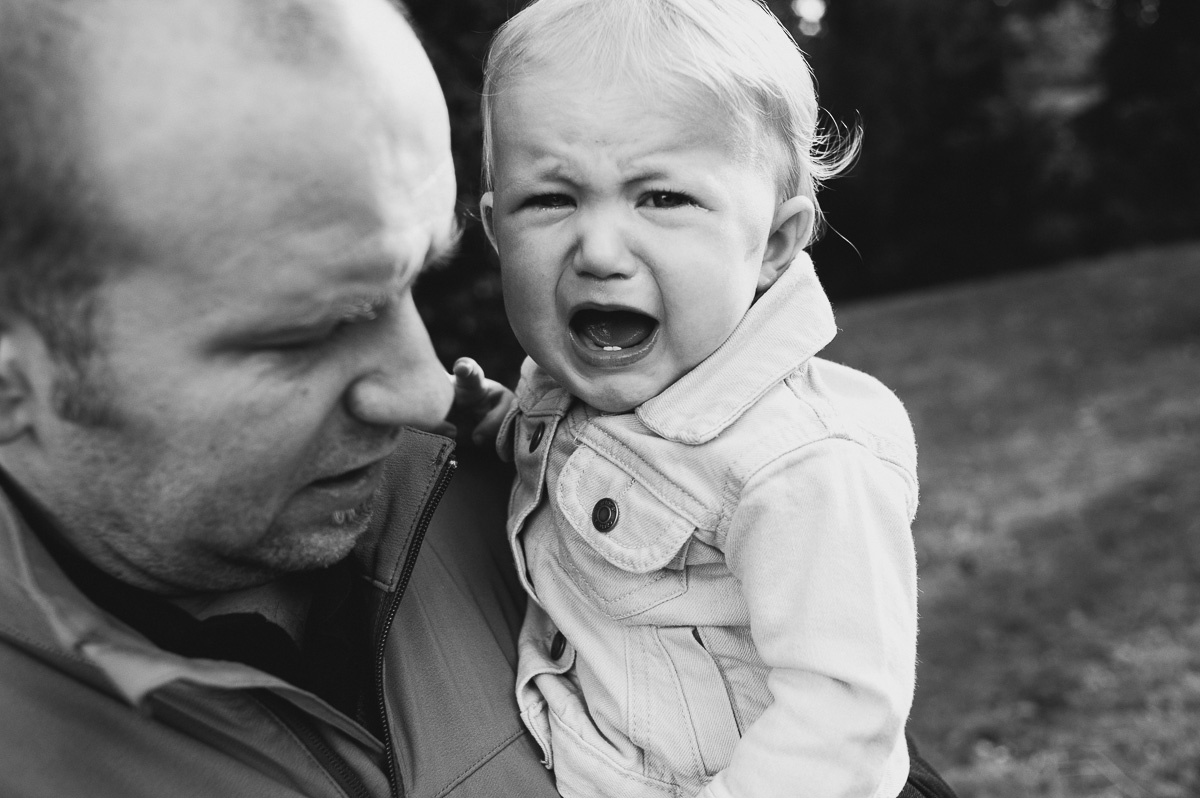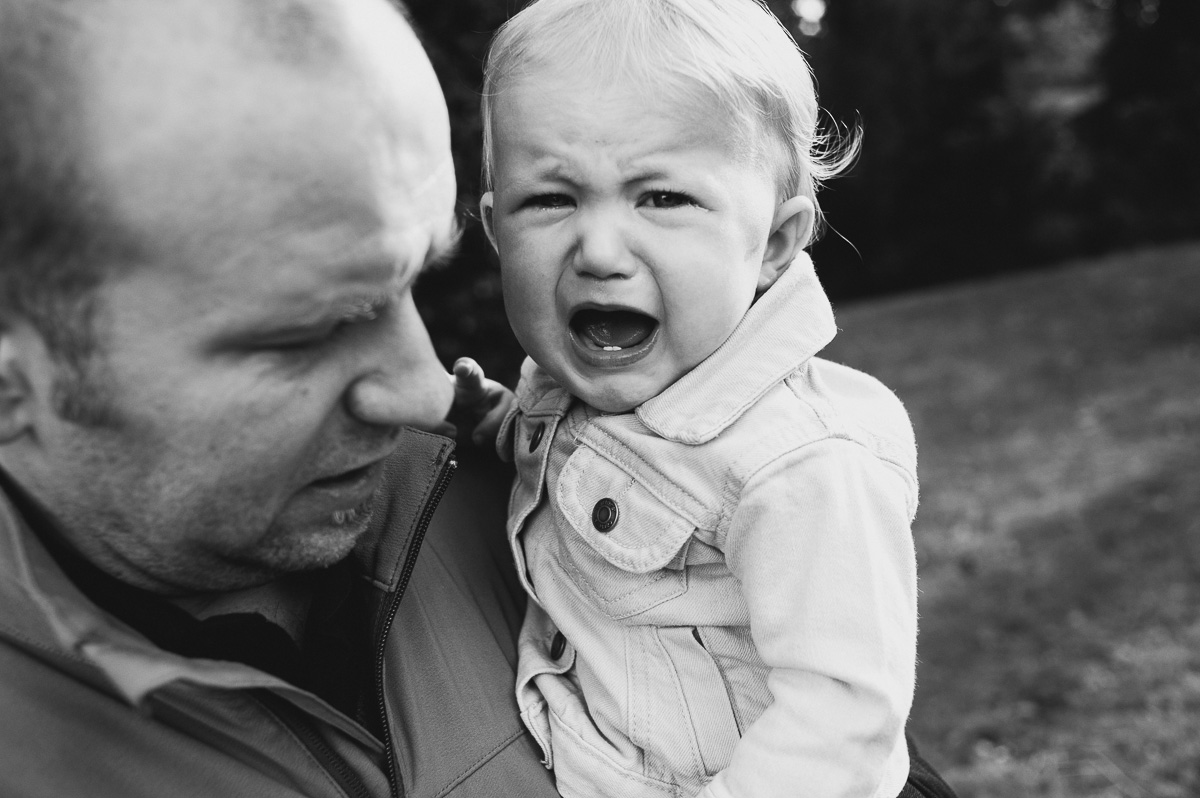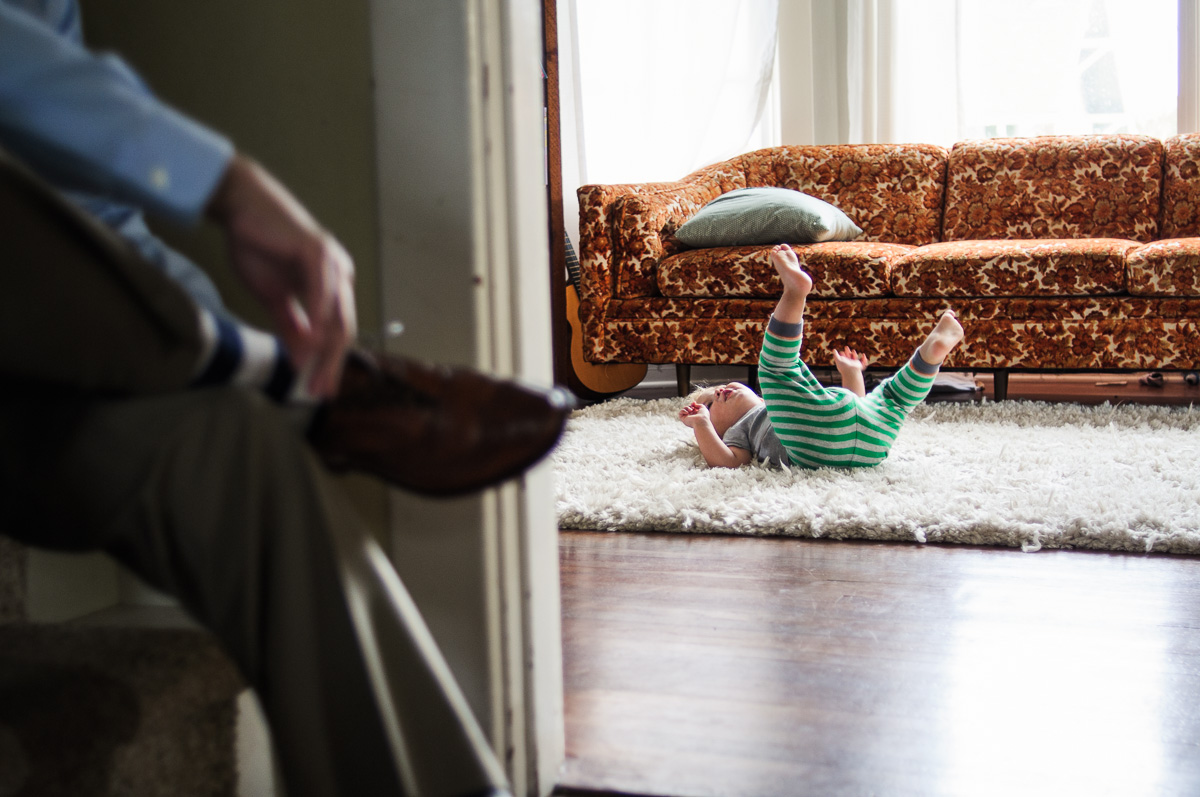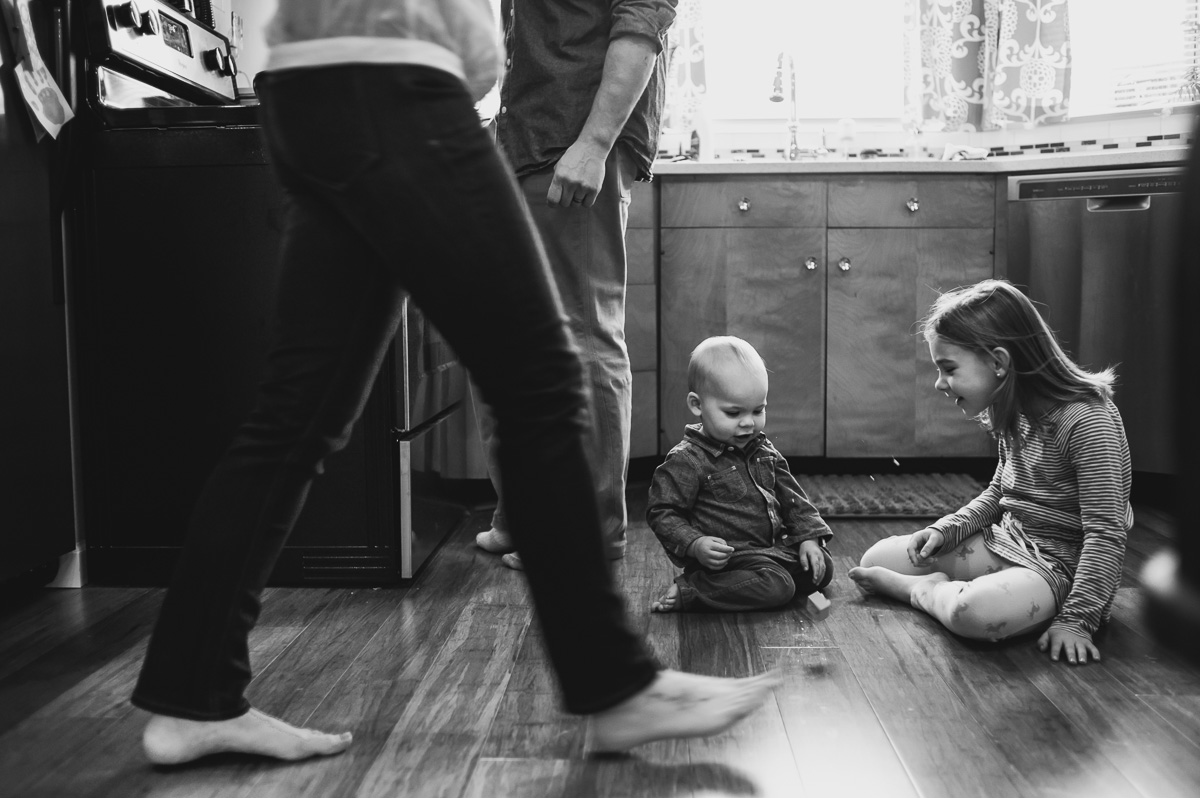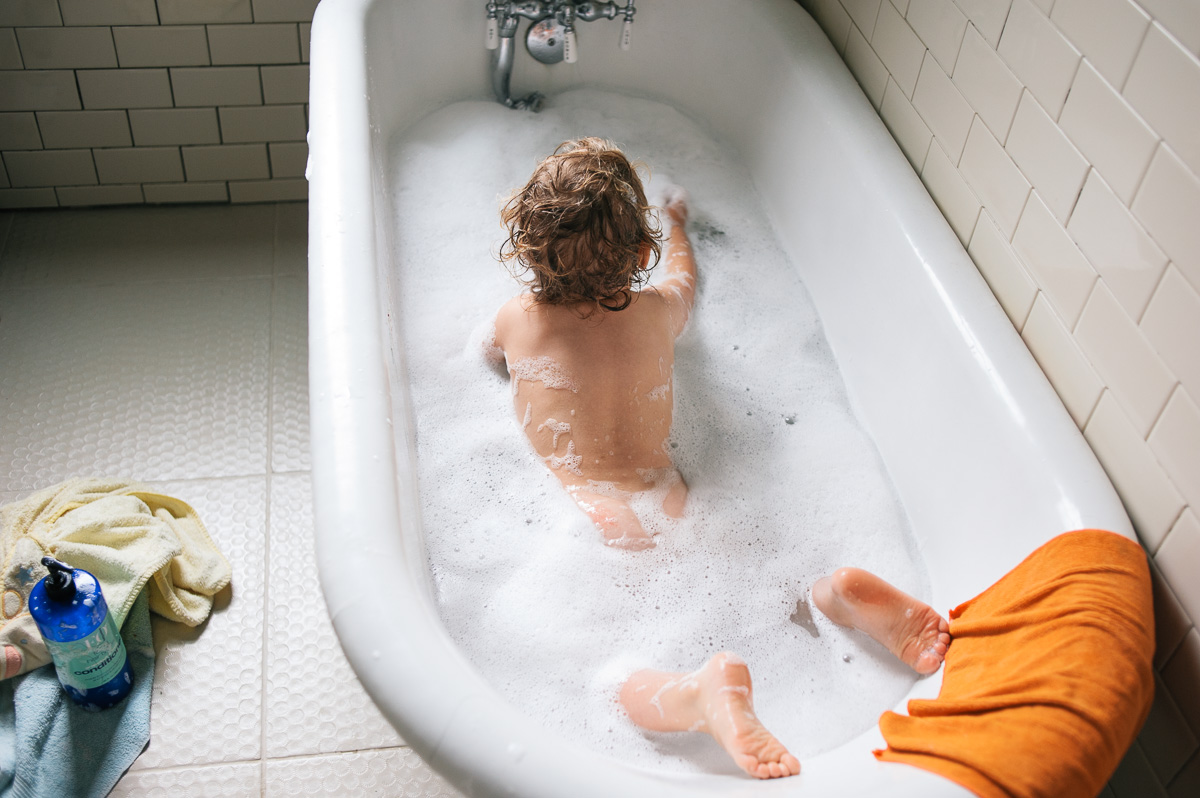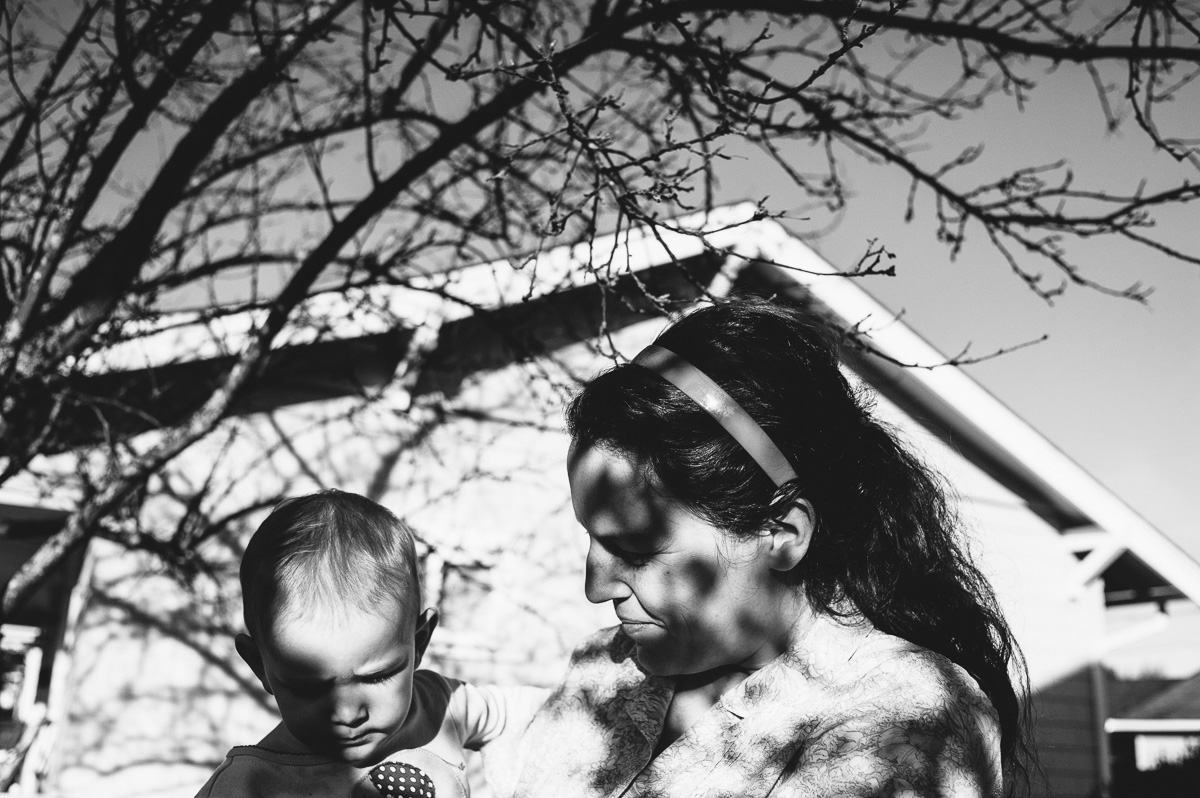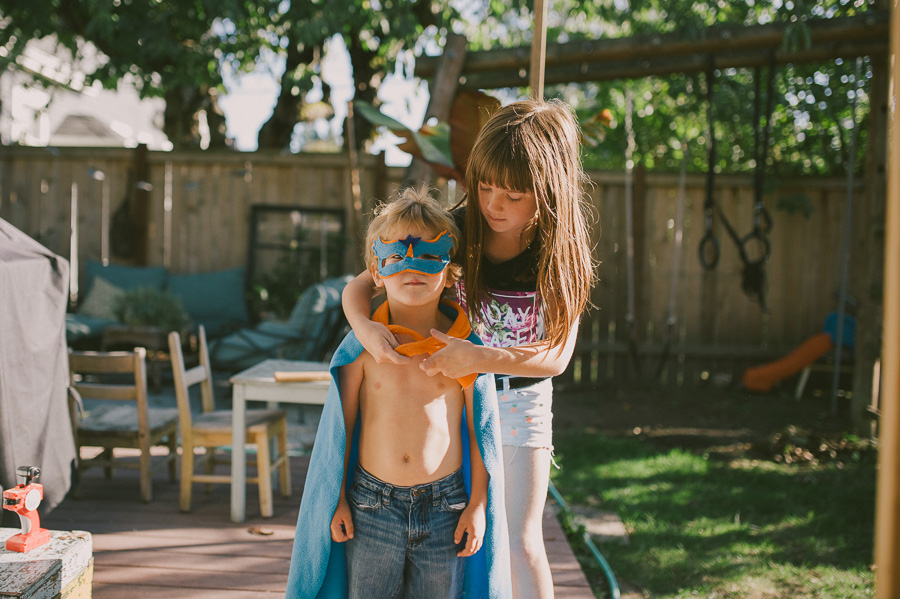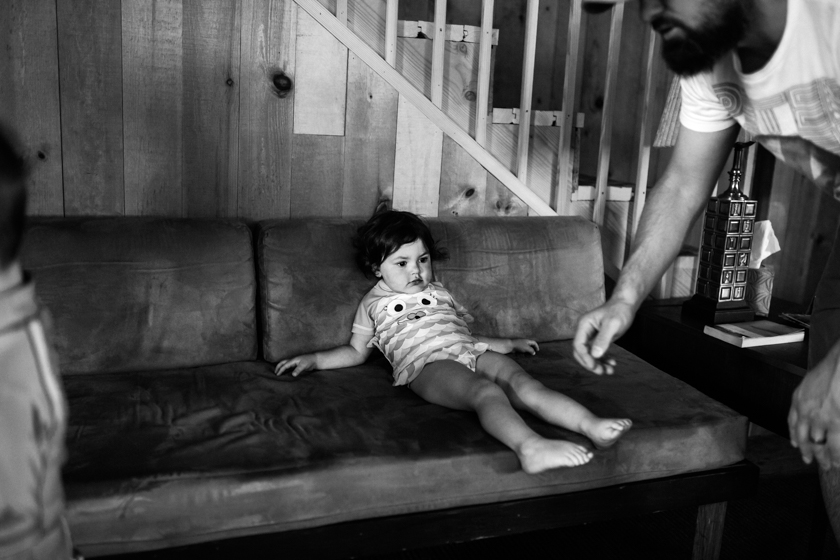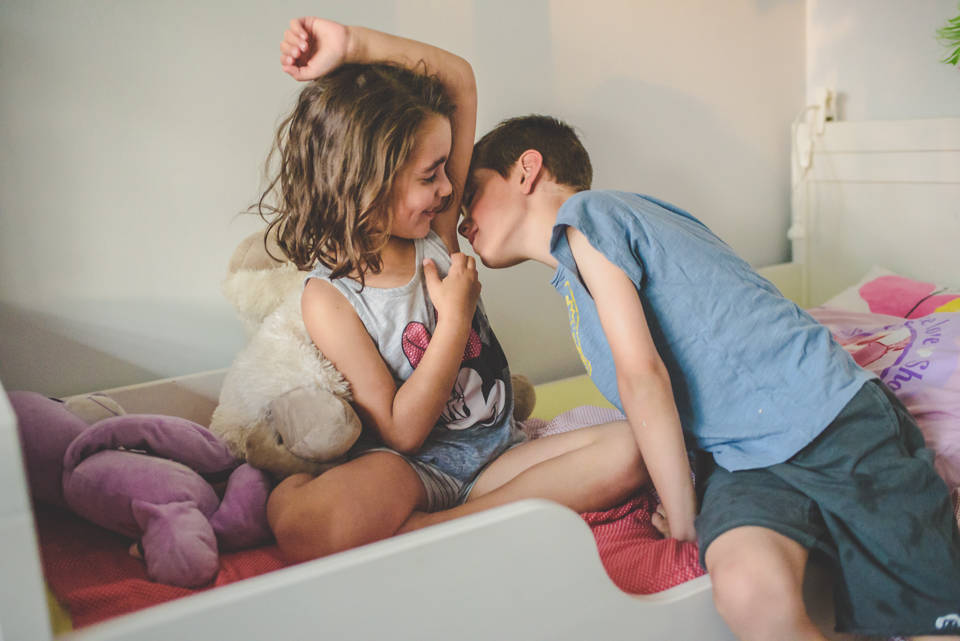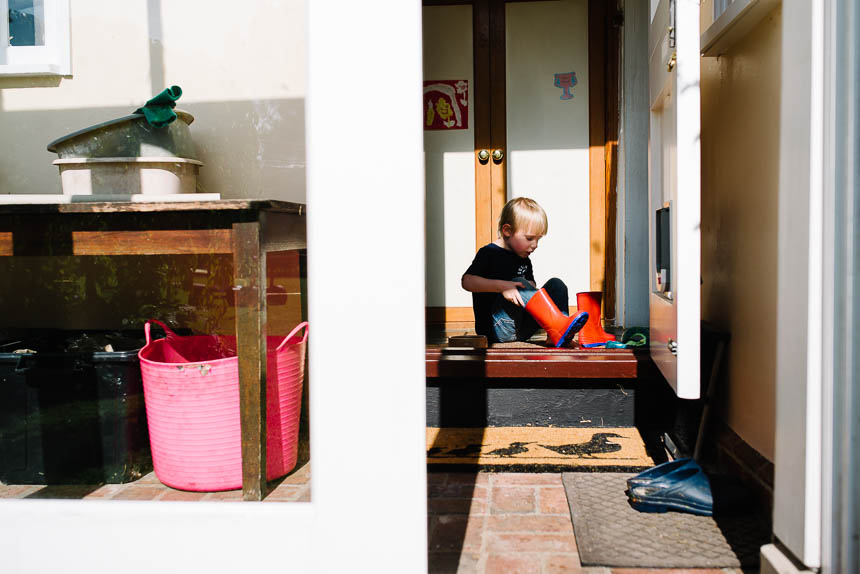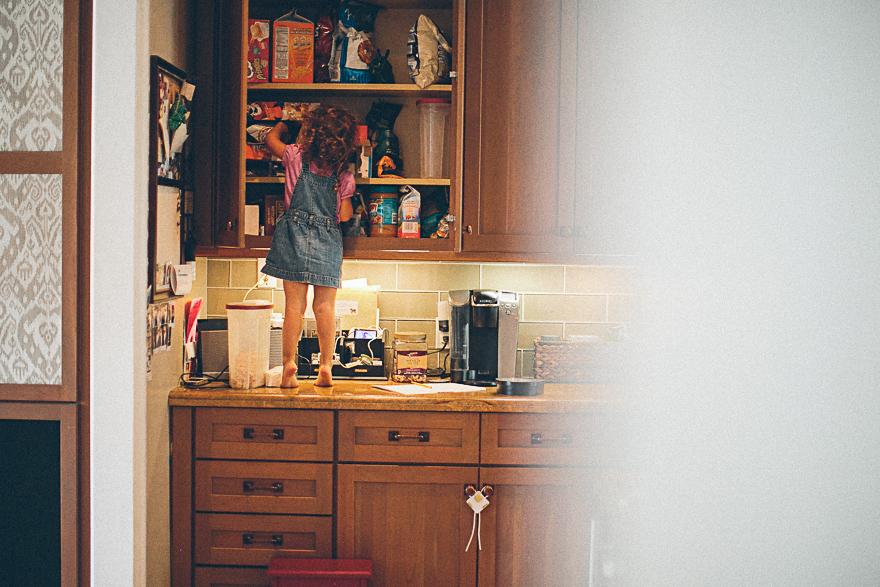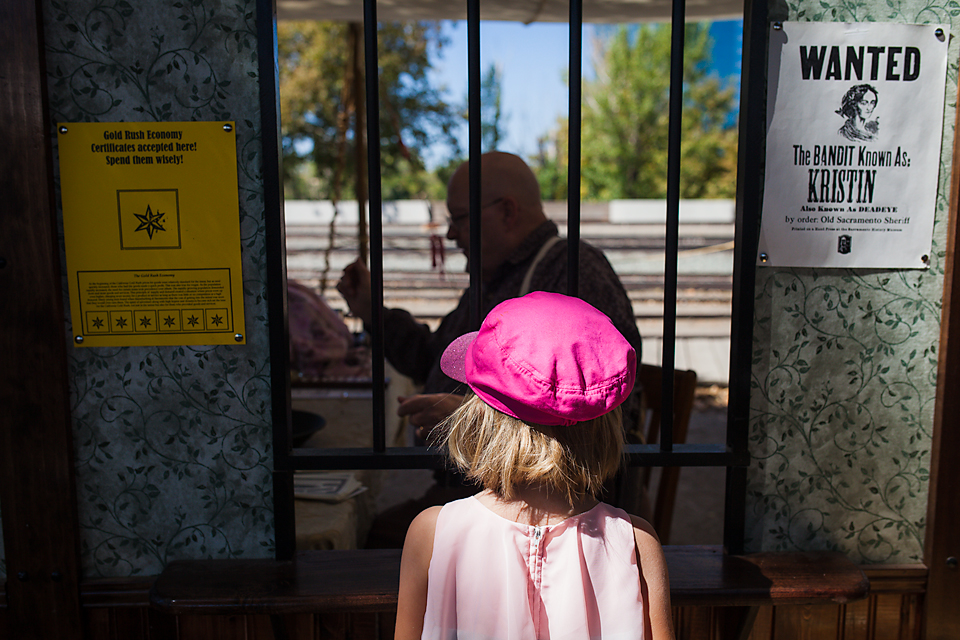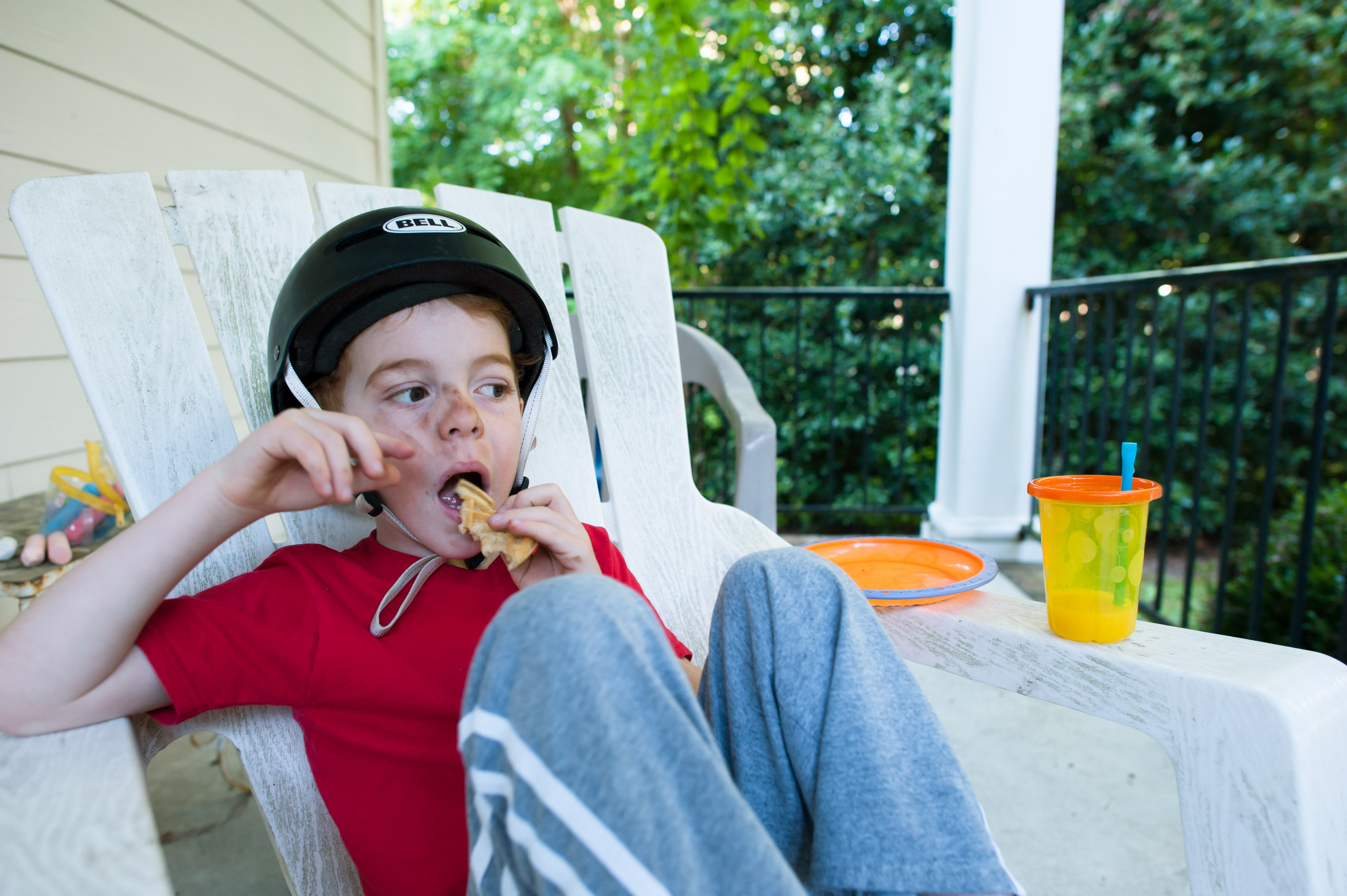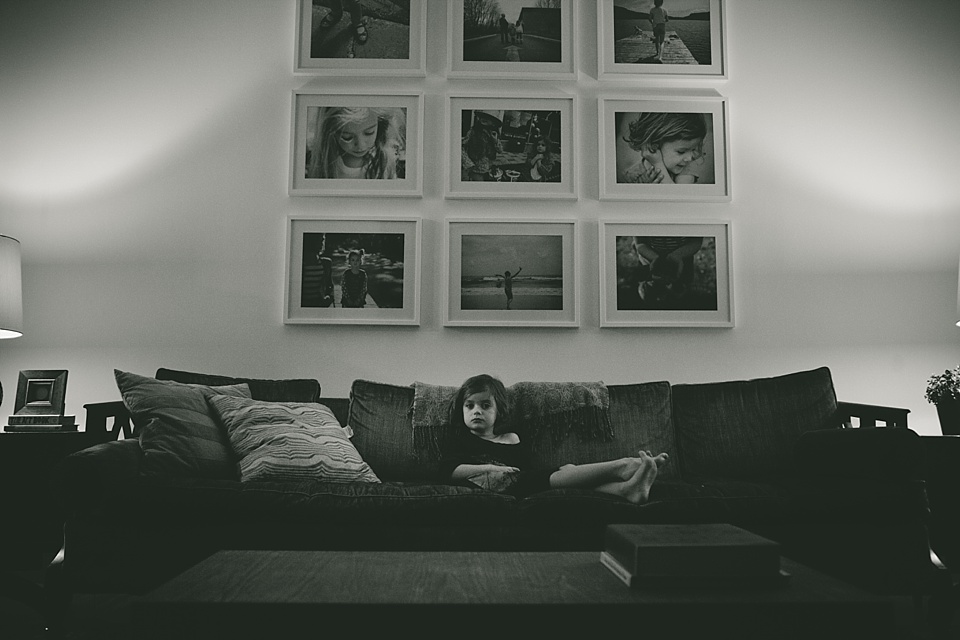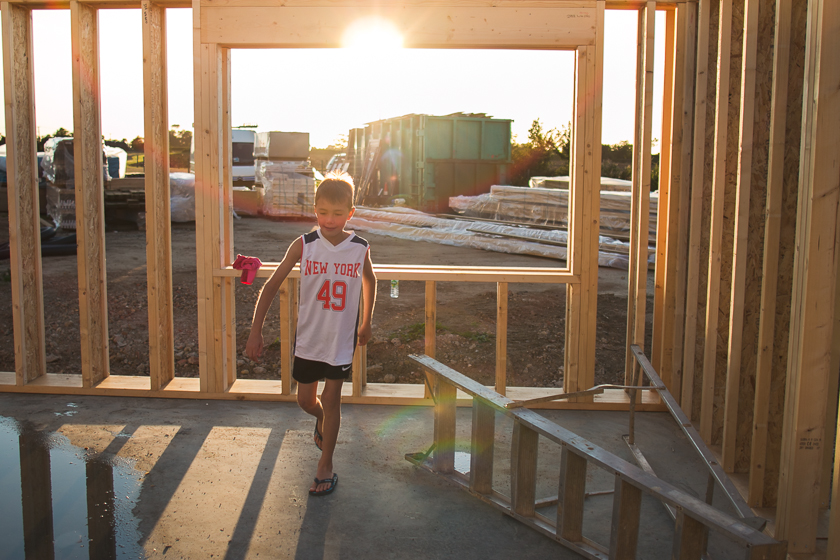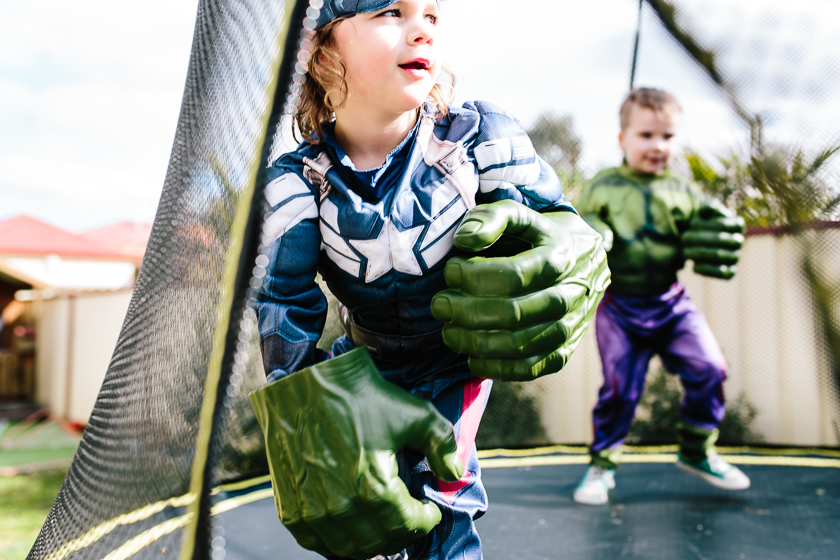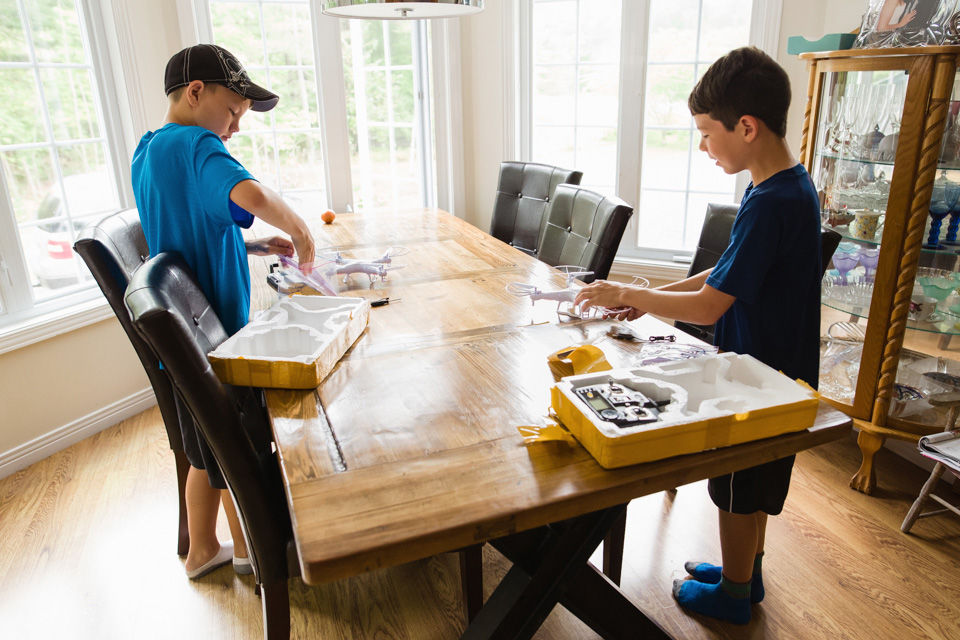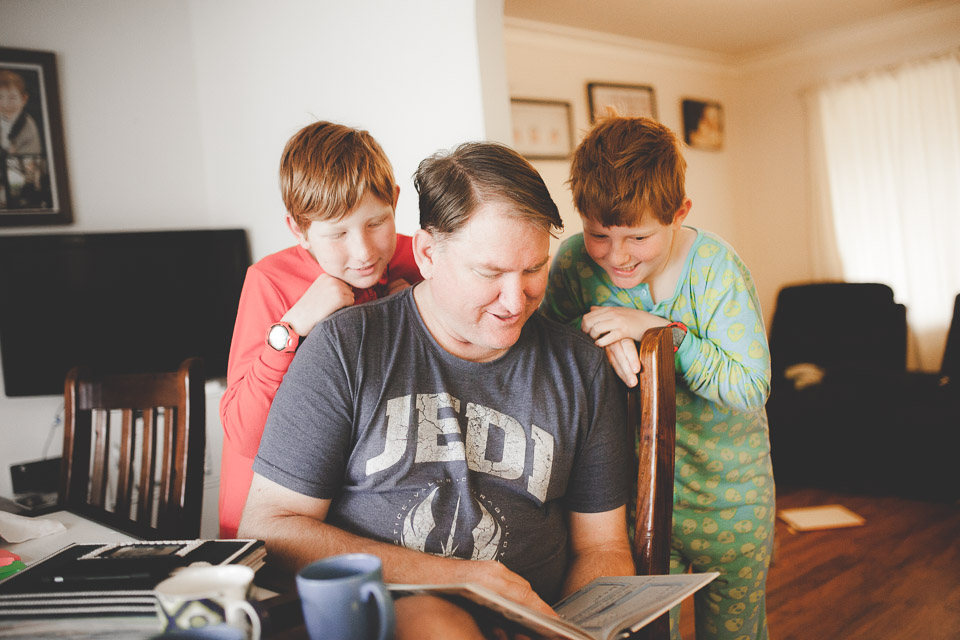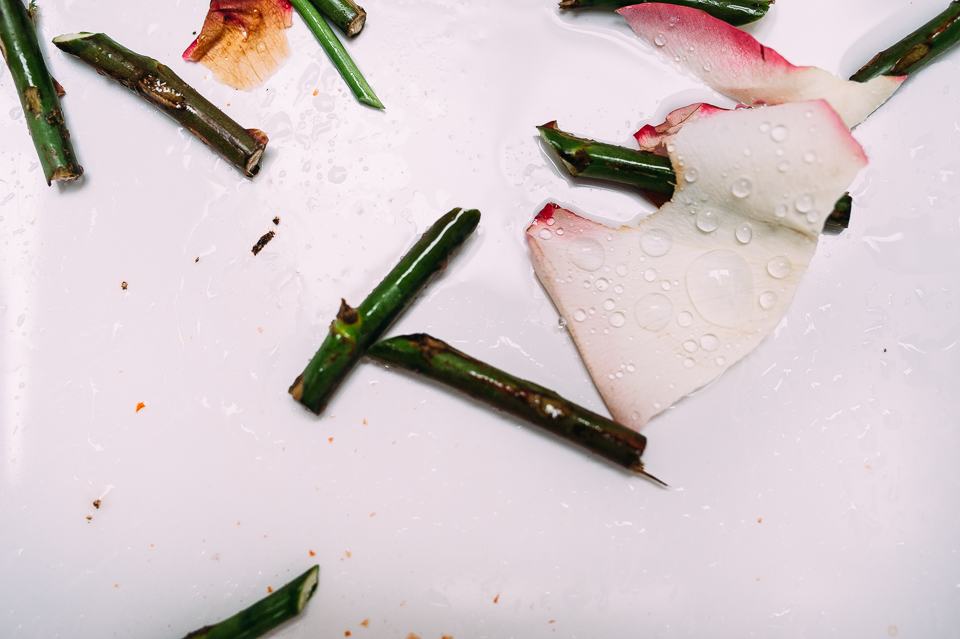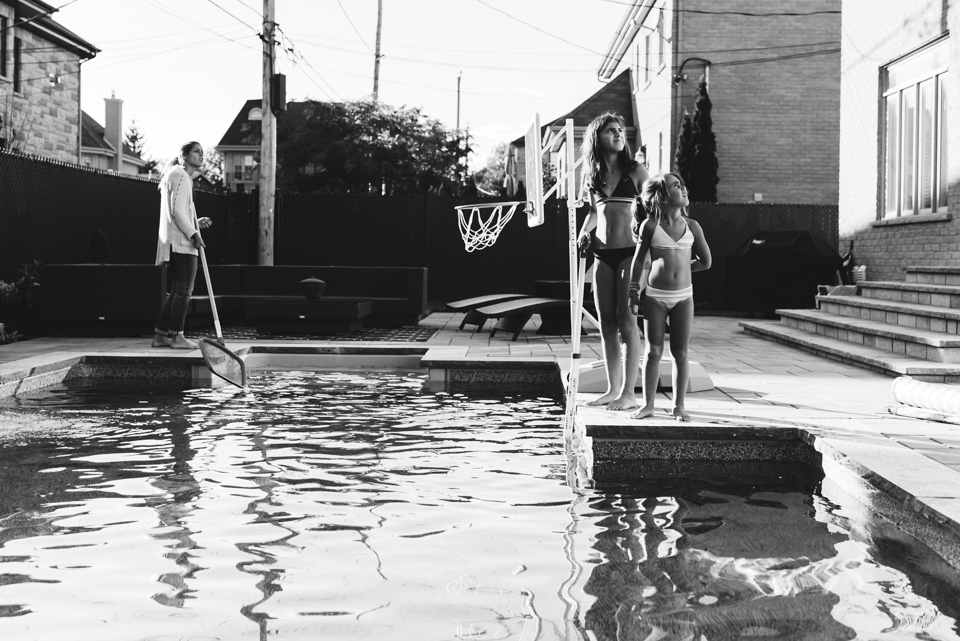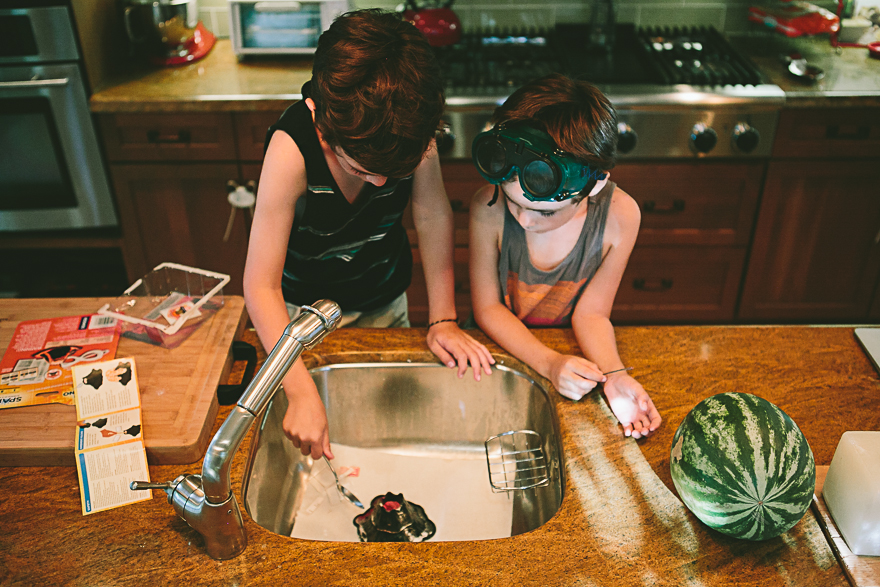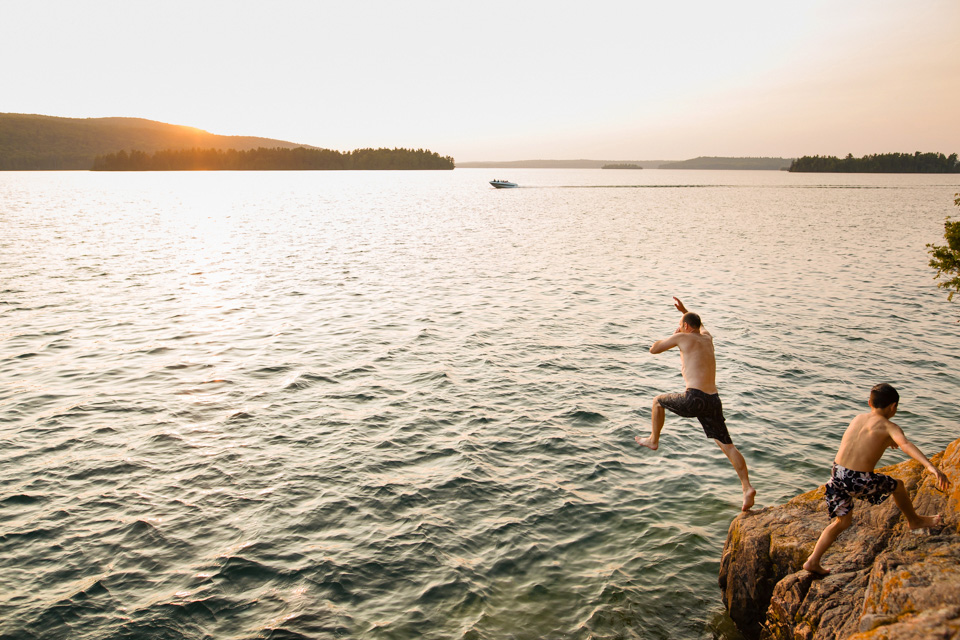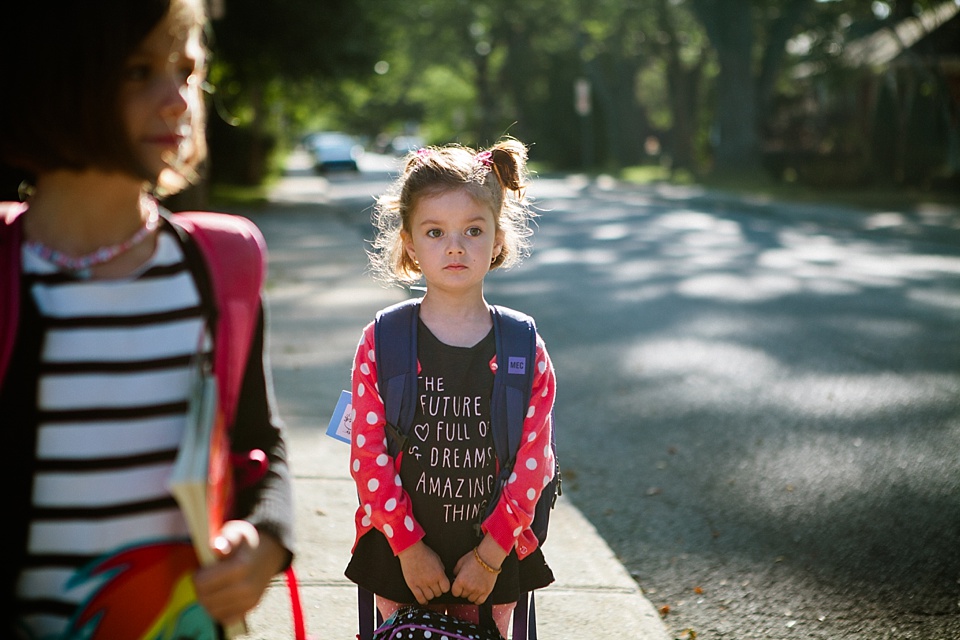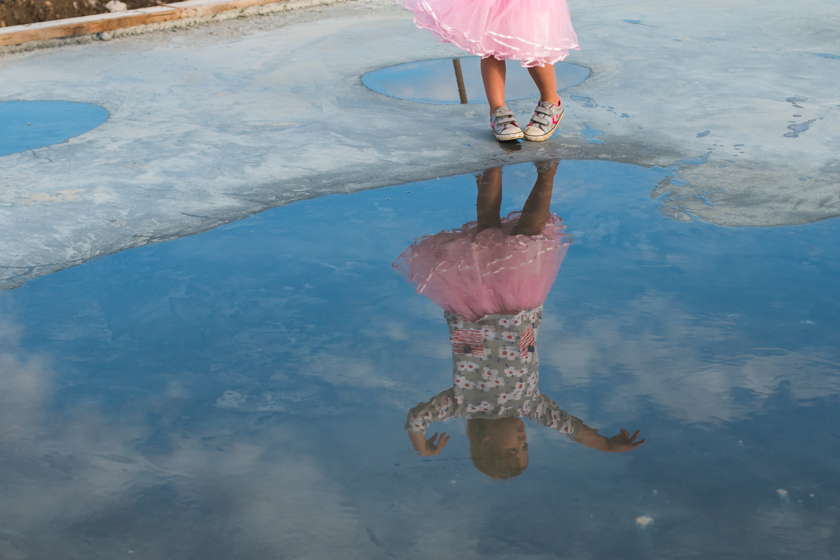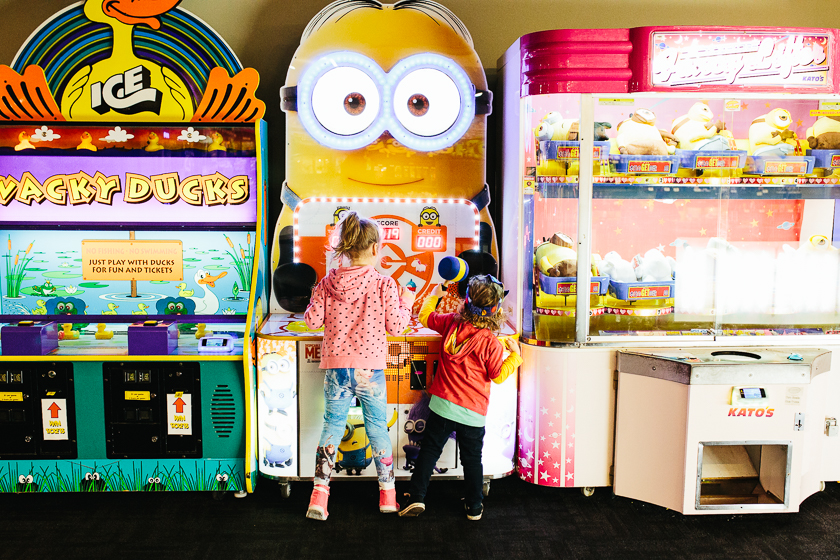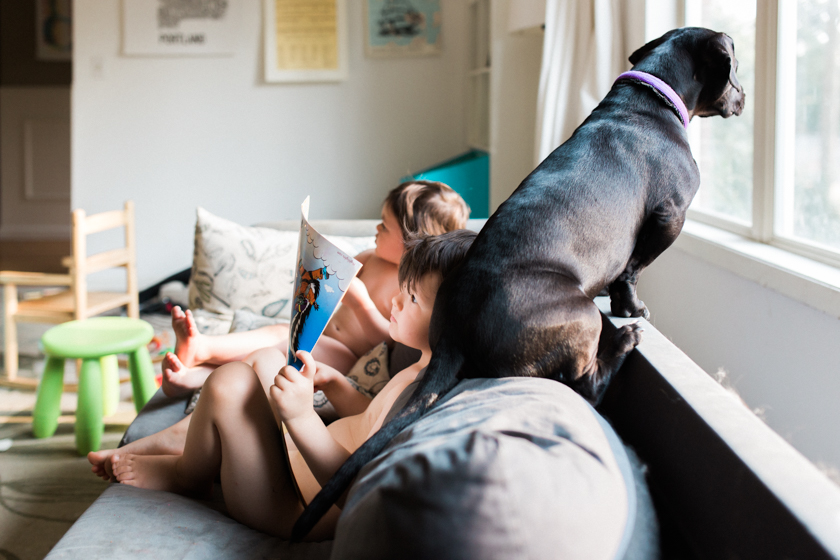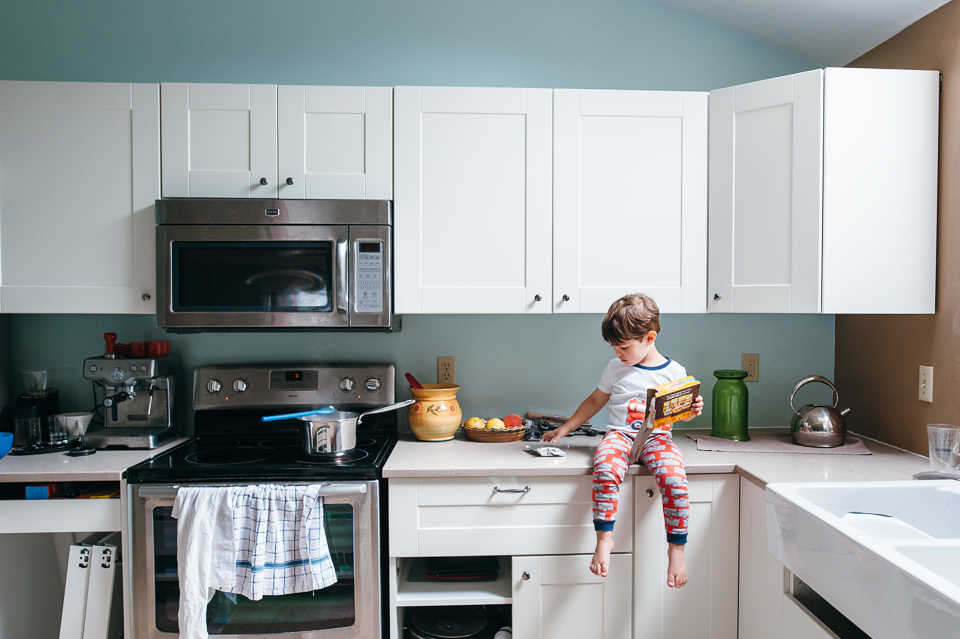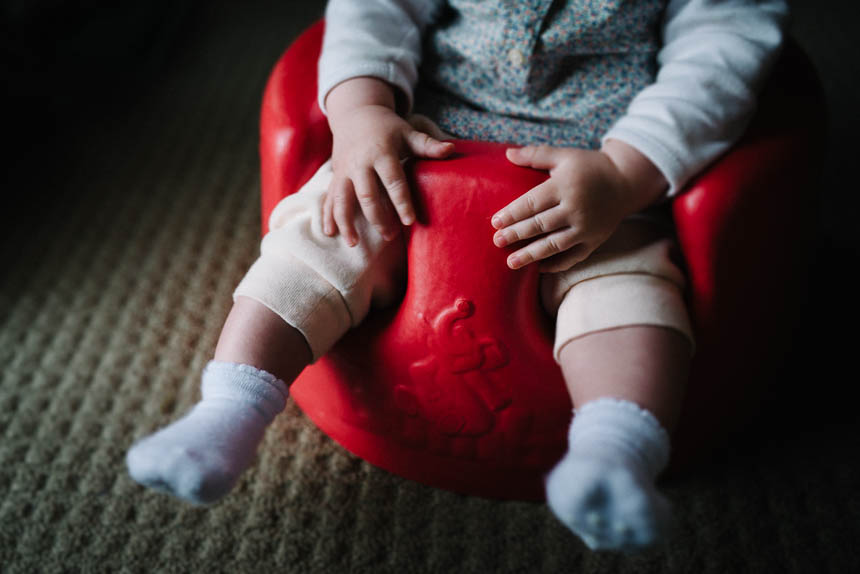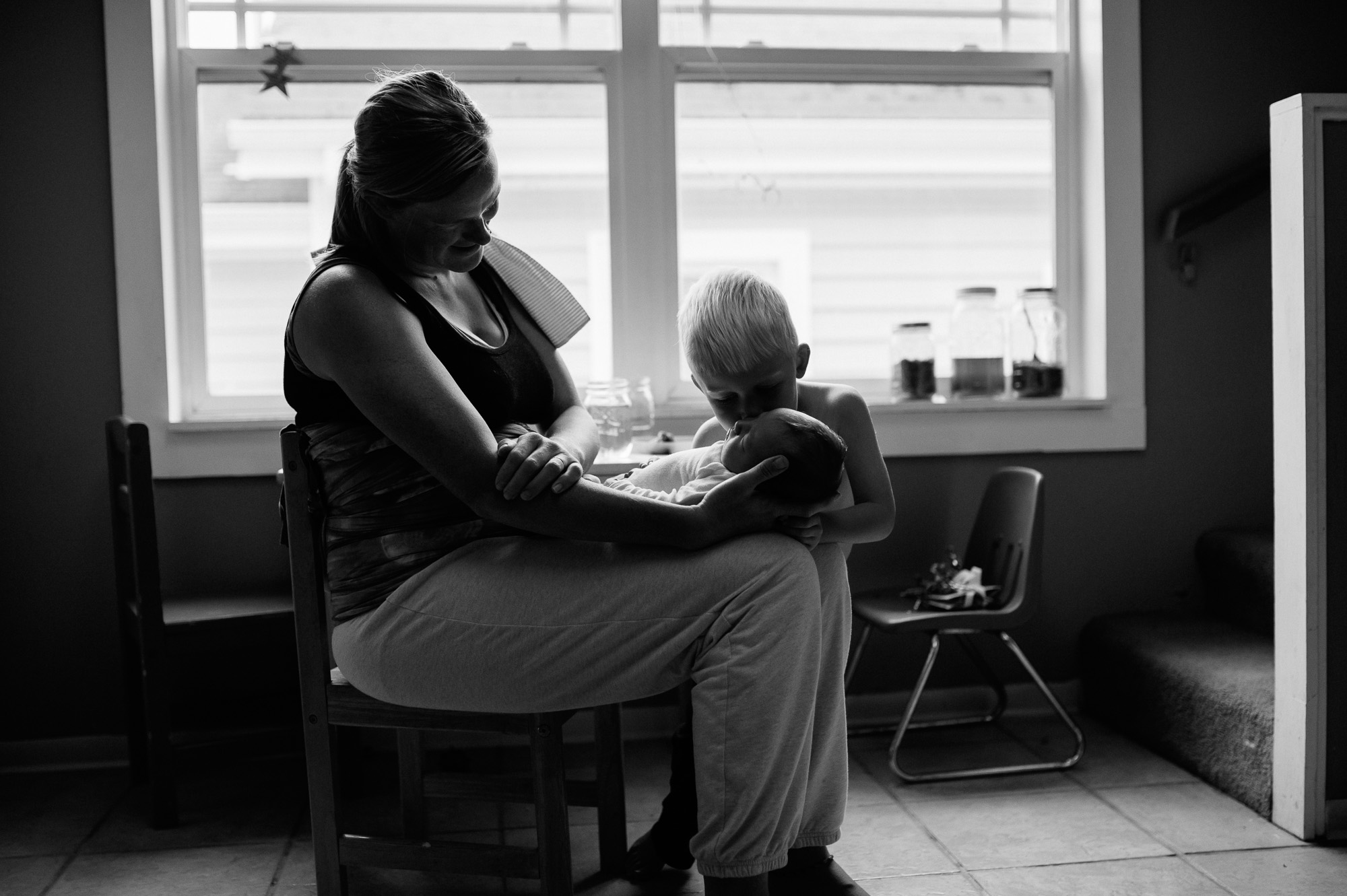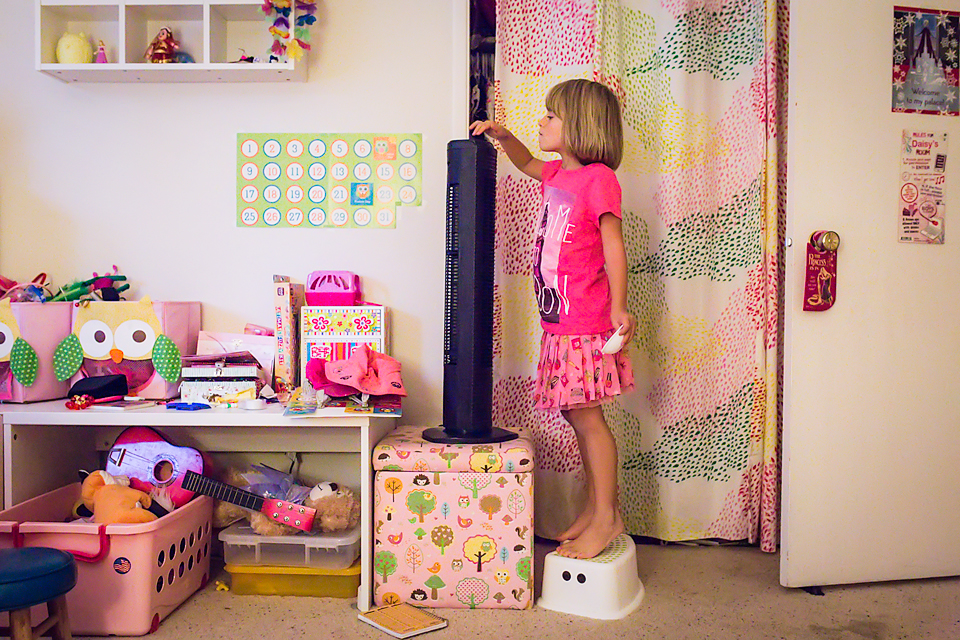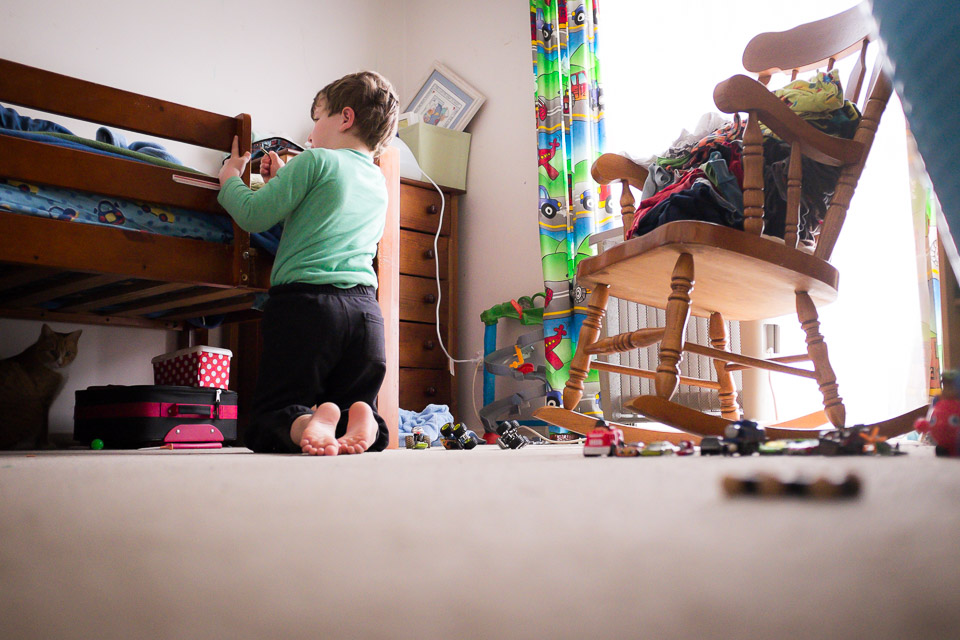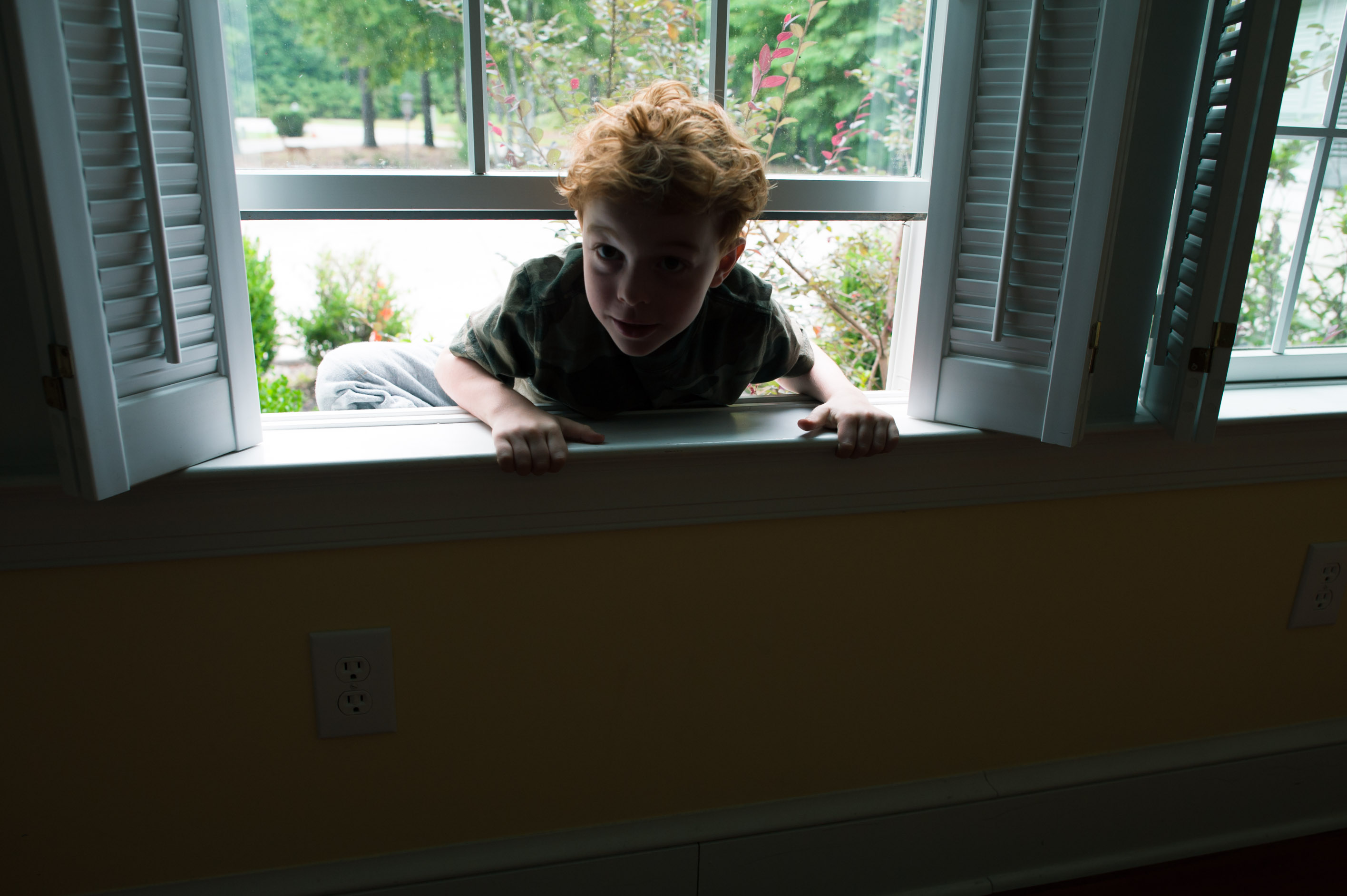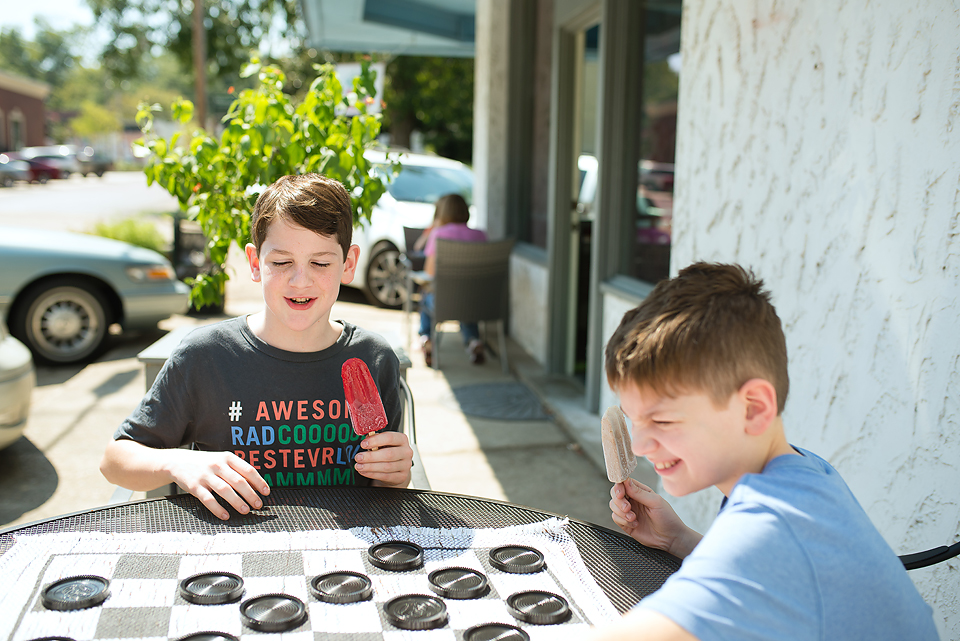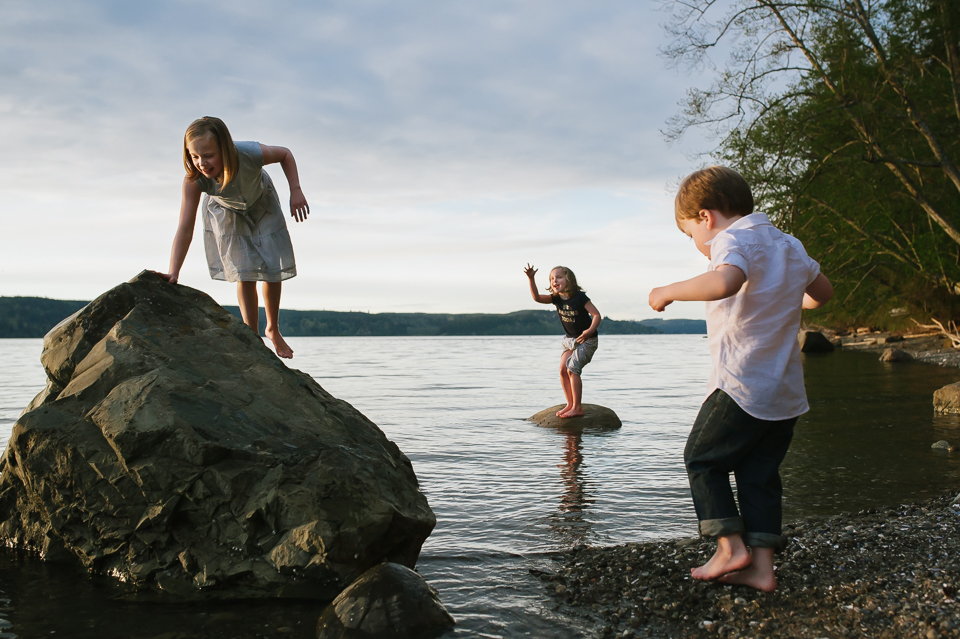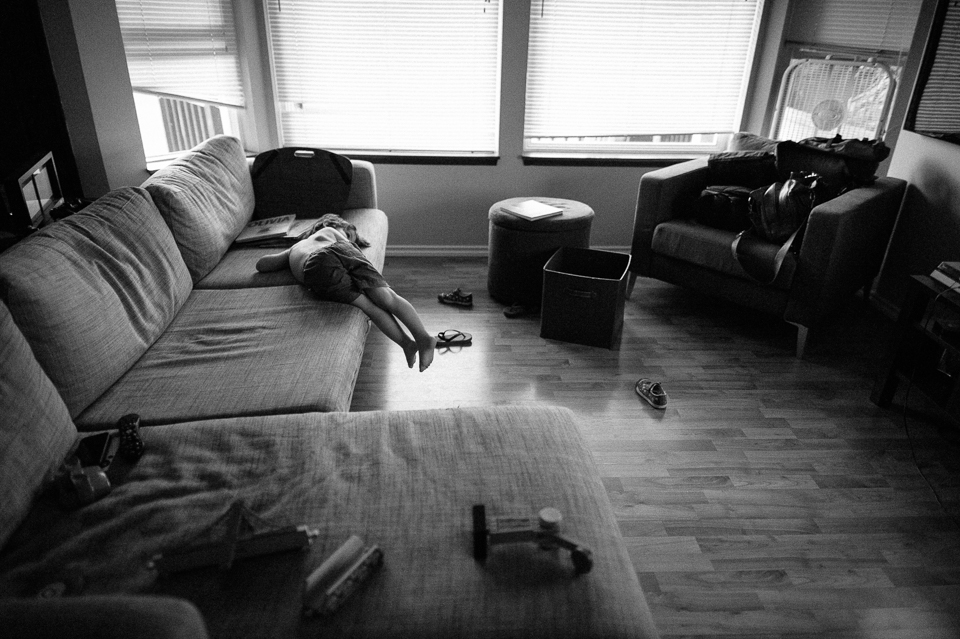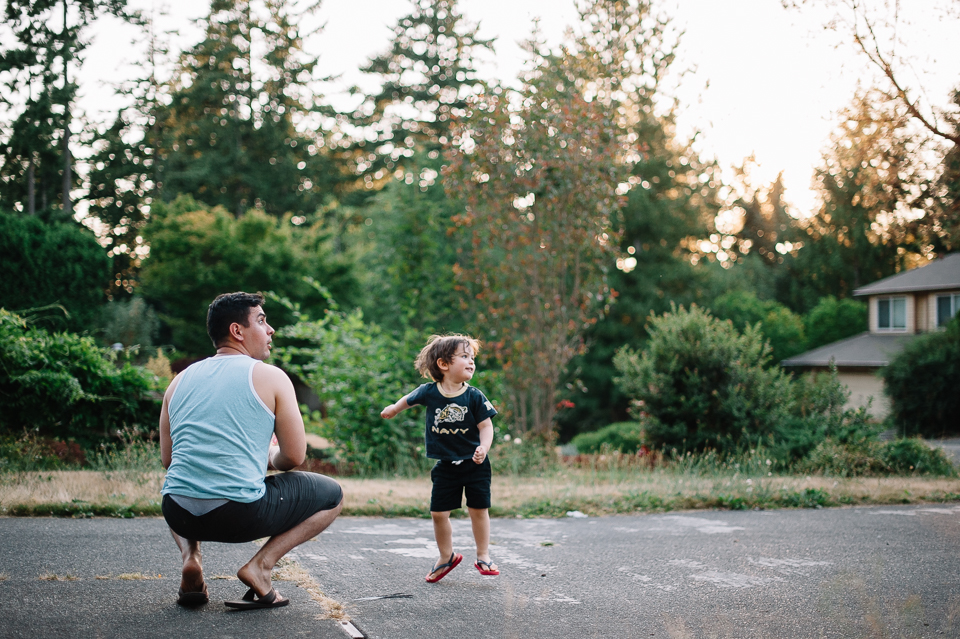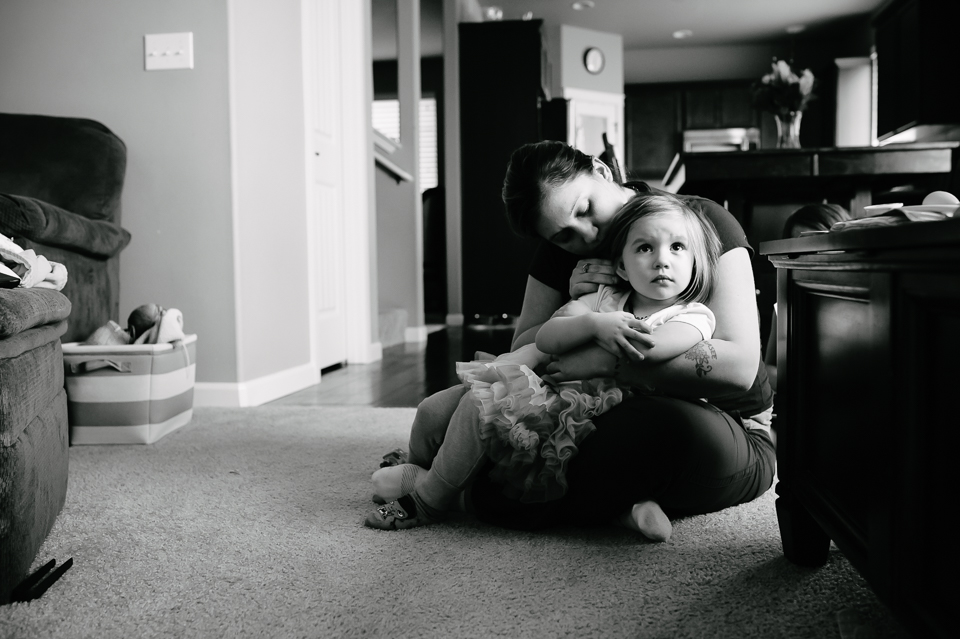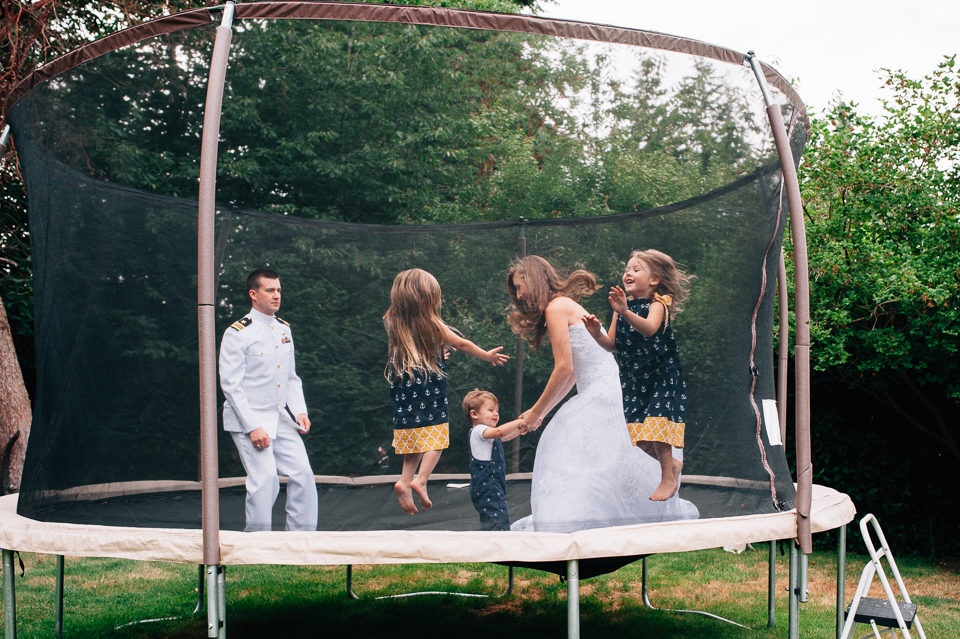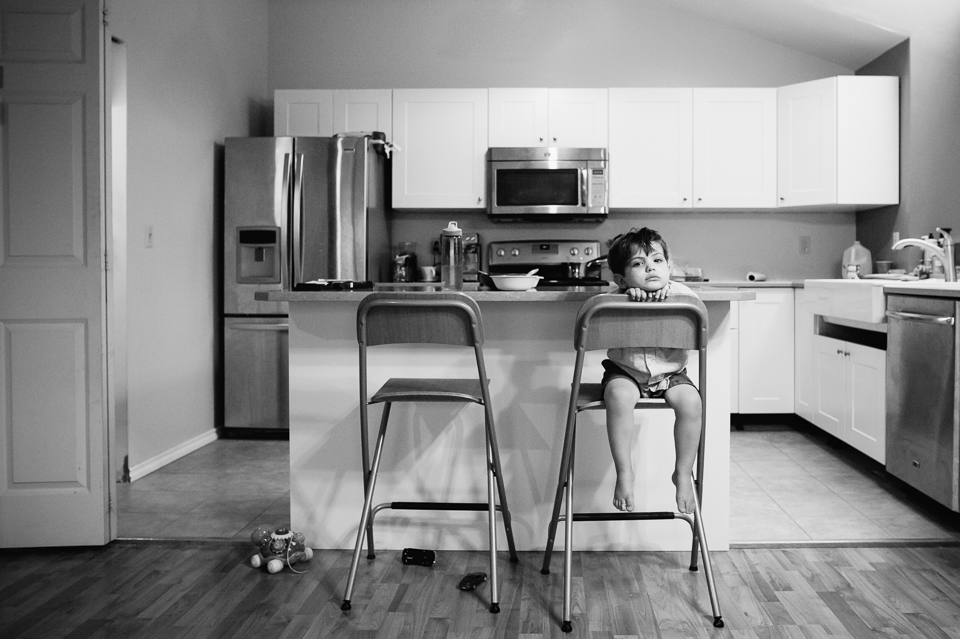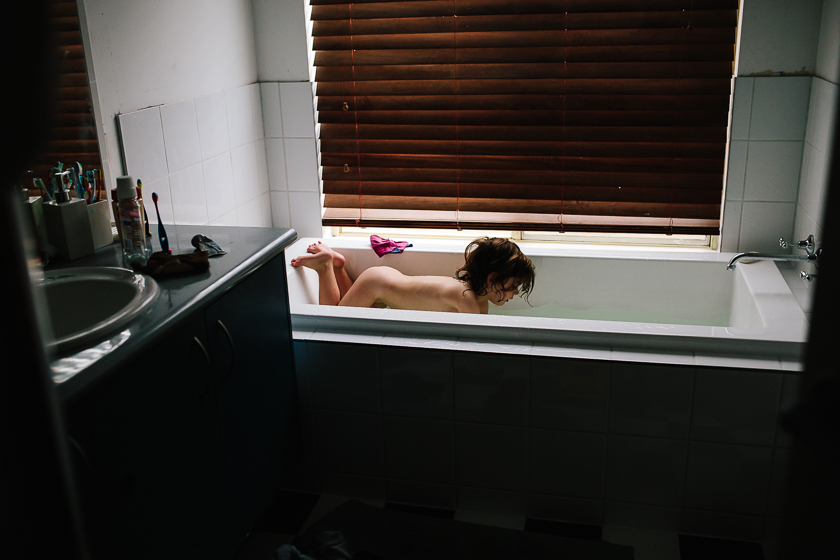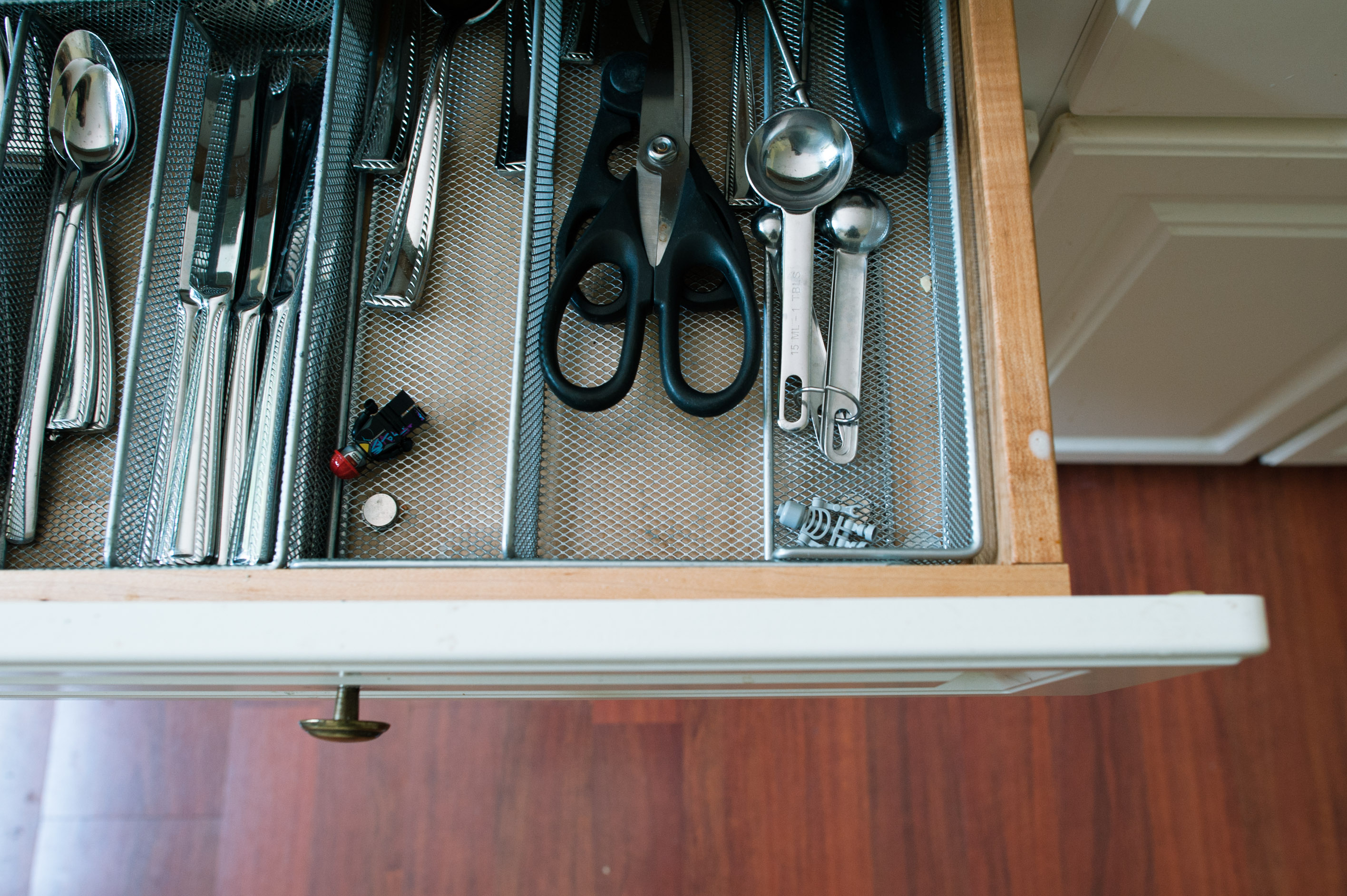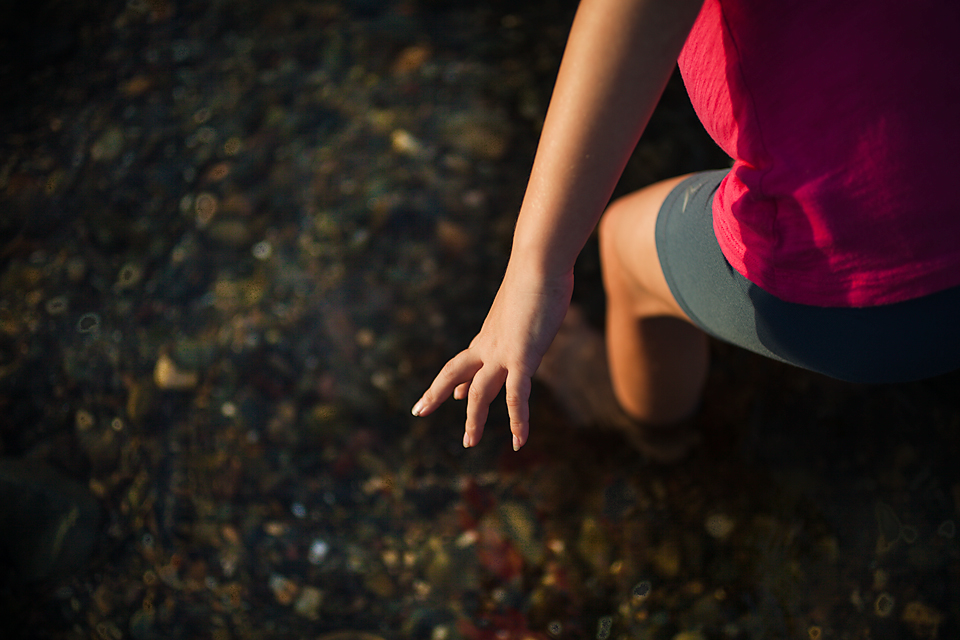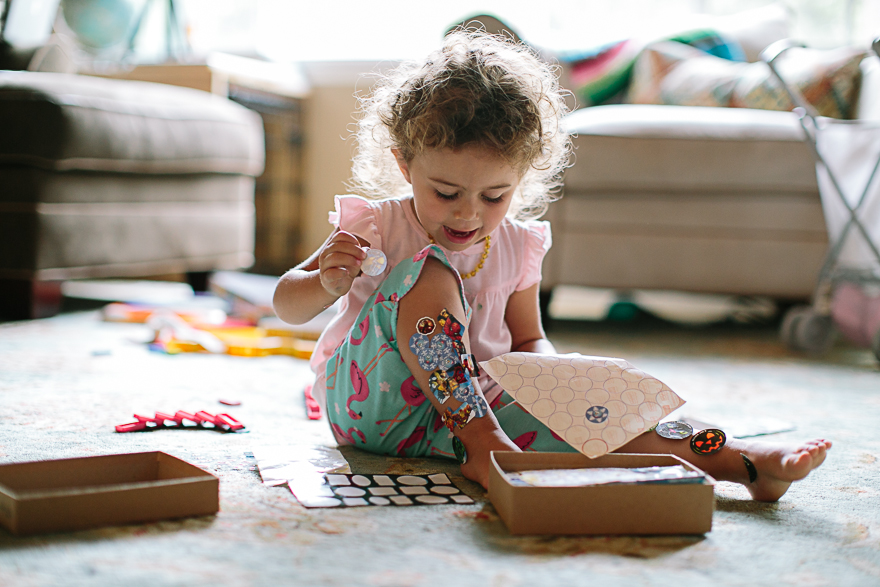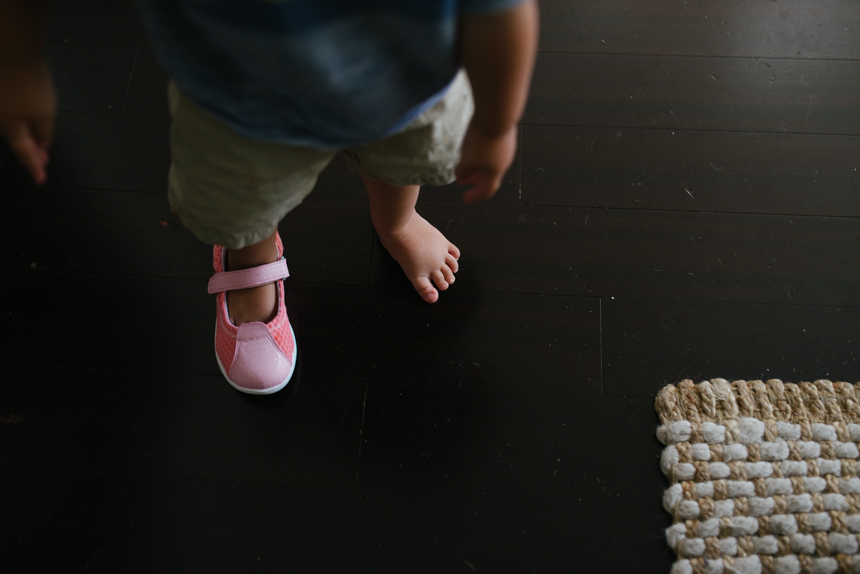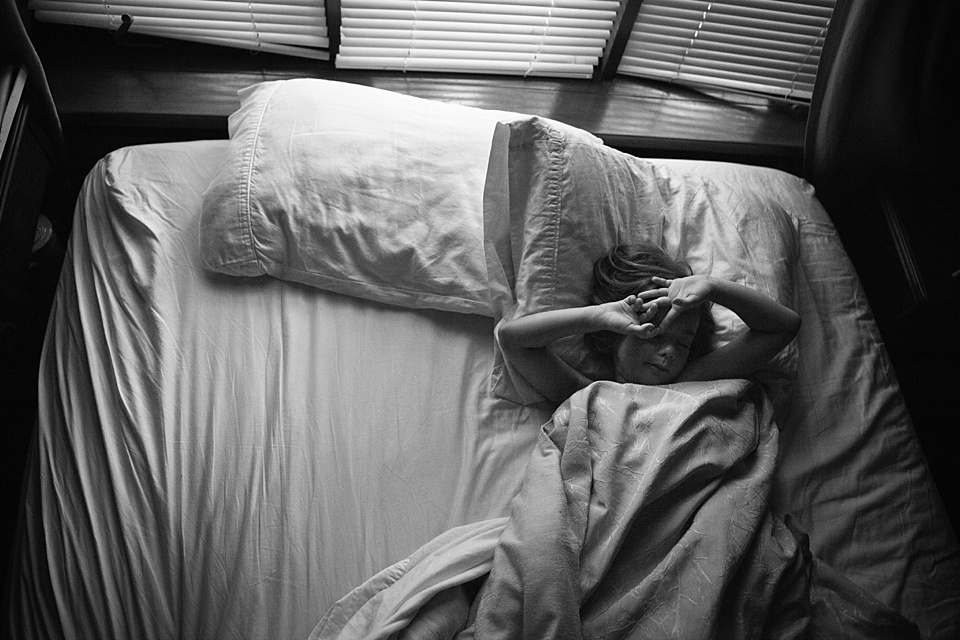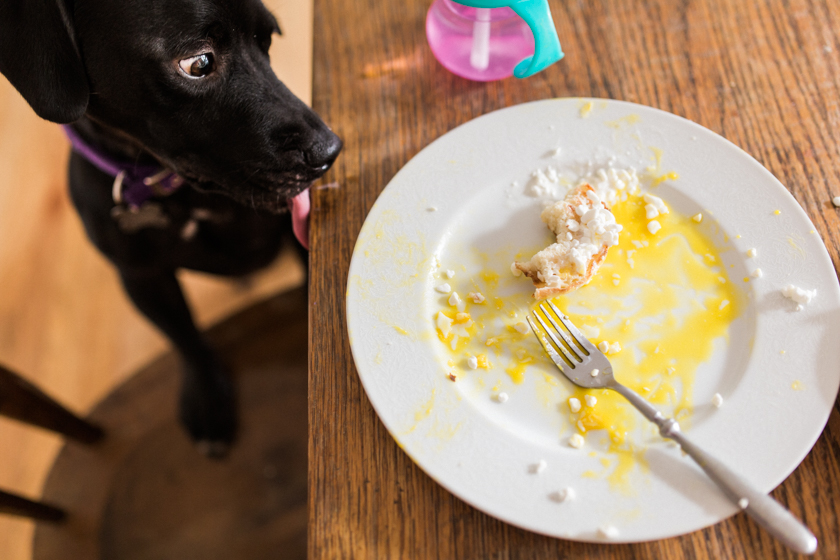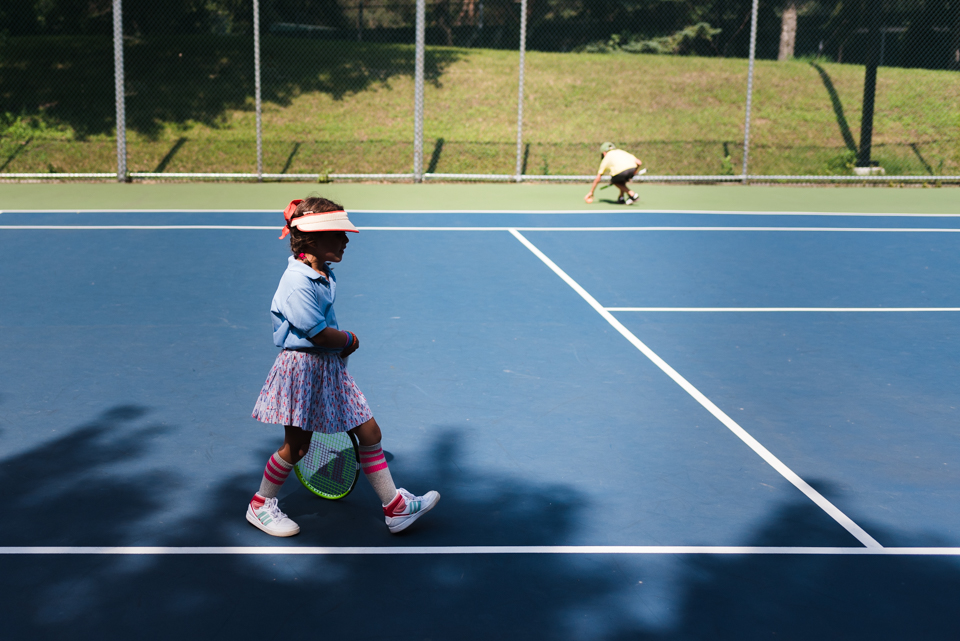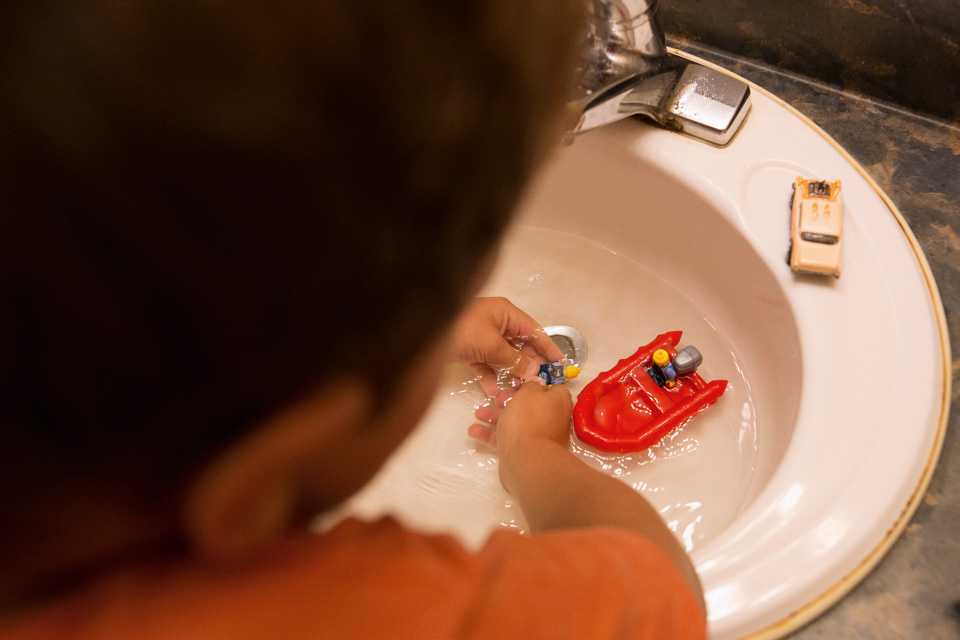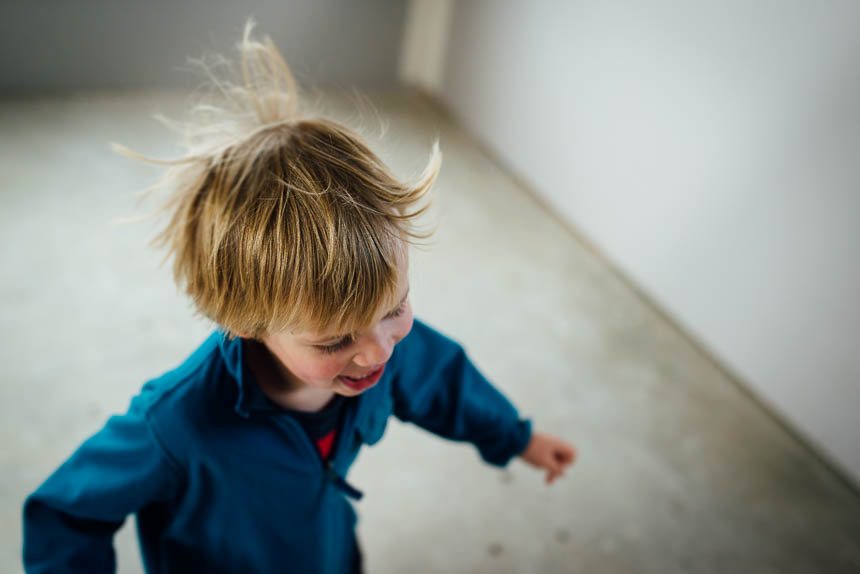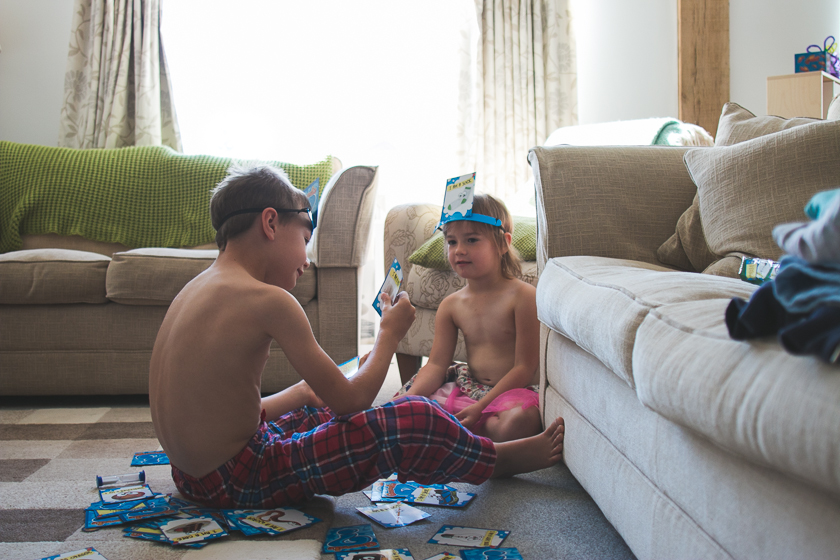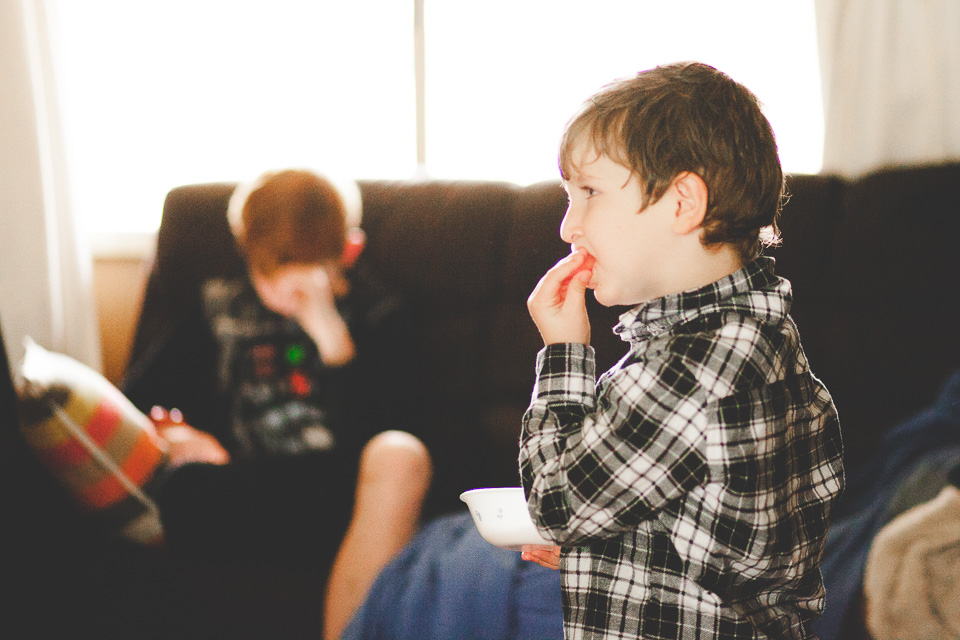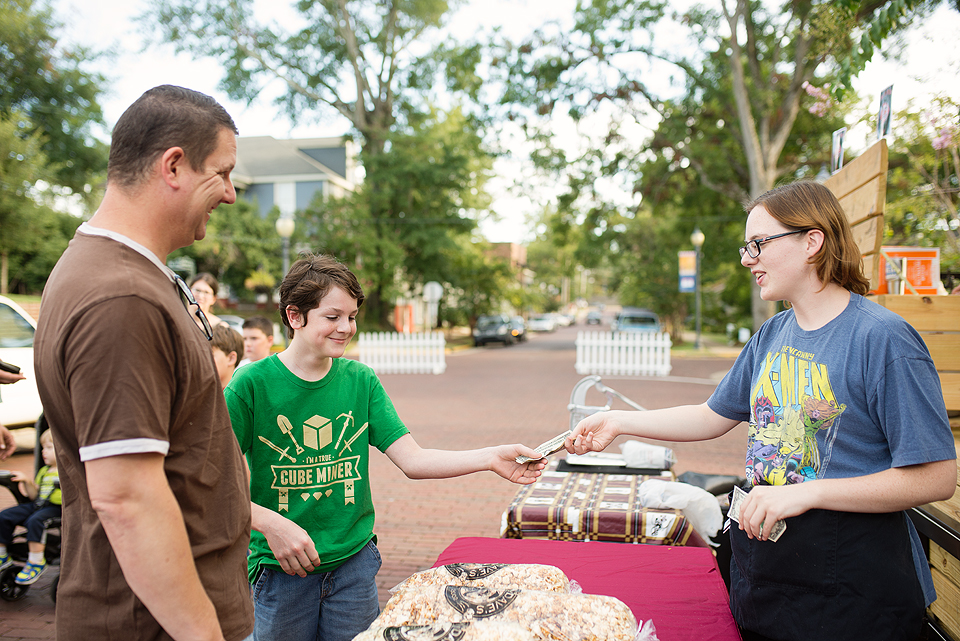Jessica is from Tacoma, Washington. She has 4 kids and loves hot sauce. Here’s what she has to say about documenting life with her camera.
Where can we find you online (Website, Facebook, Instagram)?
www.jessuhlerphoto.com
http://www.facebook.com/Jessuhlerphoto
http://www.instagram.com/jessuhler
What’s your favorite lens for shooting this type of work? And do you have any accessories you just love (filter, bag, camera strap, etc.)?
One of my first lenses was a 50 mm, and it taught me how to see details of composition, to get creative about angles and lines. Once I found my passion in family photojournalism and learning more about what makes a great photograph I started shooting more with my 35 2.0. Last year I bought the Sigma art 35 1.4 lens and I’m in love. It’s on my camera 90% of the time. I’m not a gear geek, and I’ve tried to become a better shooter within the constraints of my equipment, but I have to say that investing in this higher quality lens has made such a difference in the quality of my images and how I can shoot indoors. As far as accessories- I’ve tried a couple of the cute bags available and have not been impressed. They just don’t hold up well. For a recent international trip I bought a Crumpler bag. It’s not super cute or sexy, but it’s totally durable, comfortable, and designed really well. I’m still on the lookout for a fantastic everyday, stylish leather bag. Having done a ton of travel this year I’ve realized I just don’t love carrying my big camera around everywhere unless I’m on a job. The next purchase on my wish list is a Fuji mirrorless.
What are you drawn to document? Is there a particular composition, technique, or mood you love?
When I became a mom and chose to stay home with my three young kids (now 4) I had a hard time making the transition from relative success in academia and the professional world to what felt like anonymity and invisibility. I really saw that what is traditionally women’s work, the life of the home, the shaping of a family, is absolutely invaluable, important and yet totally undervalued. I started using photography as a way to document for myself the moments that I was investing in which are so repetitive and mundane, but so beautiful and powerful as well. I think everyday family life, the details of our homes and how they reflect us is what inspires me the most. As far as mood, I used to really love easy, glowy light. It’s still pretty, but as I’ve grown technically as a shooter I am more drawn to contrast between light and shadow. It’s so much more interesting and dramatic. I’ll take gorgeous window light over safe outdoor open shade any day.
What is the most valuable tip you have learned in pursuit of shooting in a more documentary style?
That is a good question. I think the idea about composing a shot- looking for the light and the interesting composition- and then waiting for the decisive moment has changed how I shoot and made me a better photographer. Documentary photography, as most of our readers know, is so much more than mere candid photography. It takes intentionality and practice to “see” the right moment. The difference between a photograph and a snapshot can be fractions of a second.
Why is storytelling photography important to you? Why do you feel compelled to shoot with this approach?
Having three older kids and one younger I know how true all those warnings about “it goes so fast” really are. Photography has become a way of journaling for me, a way to capture and document our life as it unfolds. I don’t have a lot of mementos or photographs from my childhood and I want these pictures to be a legacy for my kids and their kids. I need to start making more photobooks! And I believe the same is true for my clients. Our daily lives matter. The mundane shapes us and our children immensely more than the big events do. Documenting the beauty of it is a way to celebrate that and give thanks. I want people to remember what their families felt like, not just what everyone looked like sitting in a pretty field with matching clothes staring at the camera.
Briefly tell us about your journey into family documentary photography.
I shot film in college and high school, took a few classes and loved it…but it fell by the wayside with kids and the expense of film and the darkroom was too much for a hobby. I got my first DSLR when my kids were little and re-ignited my interest in photography. I learned everything I could, then decided it would be a good idea to start a business. Truly, I didn’t know what I was doing. And I was looking at what other photographers were doing to guide me. Bad decision. I knew I wanted to make more than pretty pictures but I didn’t know how to combine that with client work. Once I stumbled upon Molly Flanagan’s work and took a couple classes from her it was like a light bulb. The biggest leap for me was digging deep and articulating WHY this type of photography matters to me, why I want to have a business doing this. Then everything became clear and began to fall into place.
